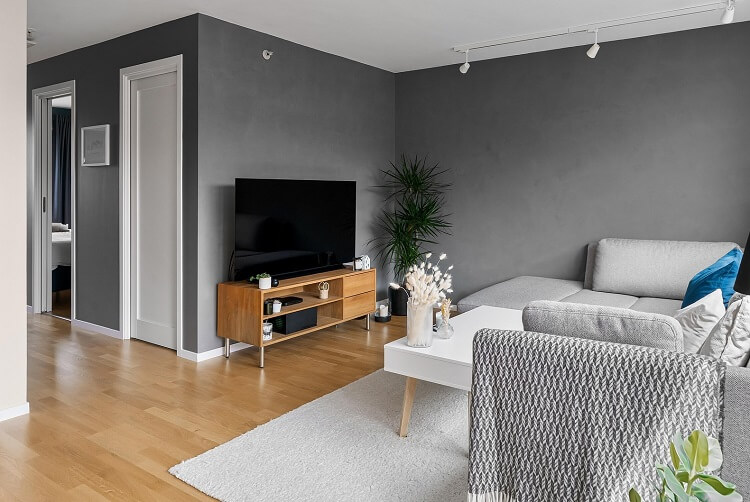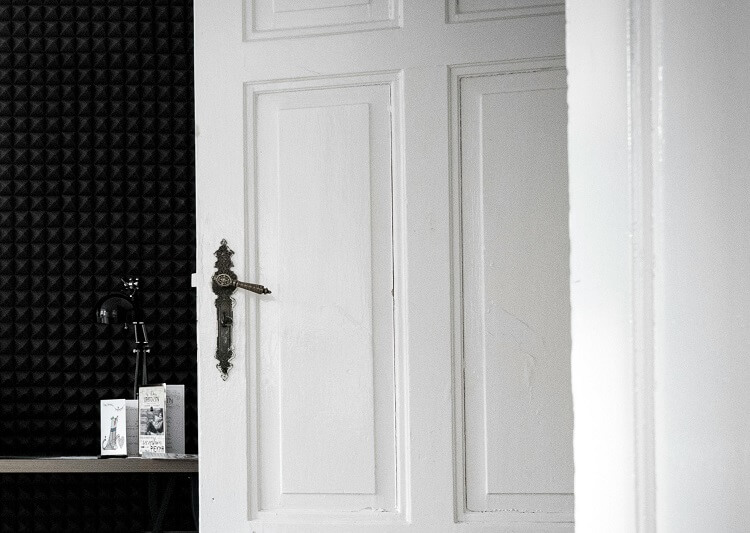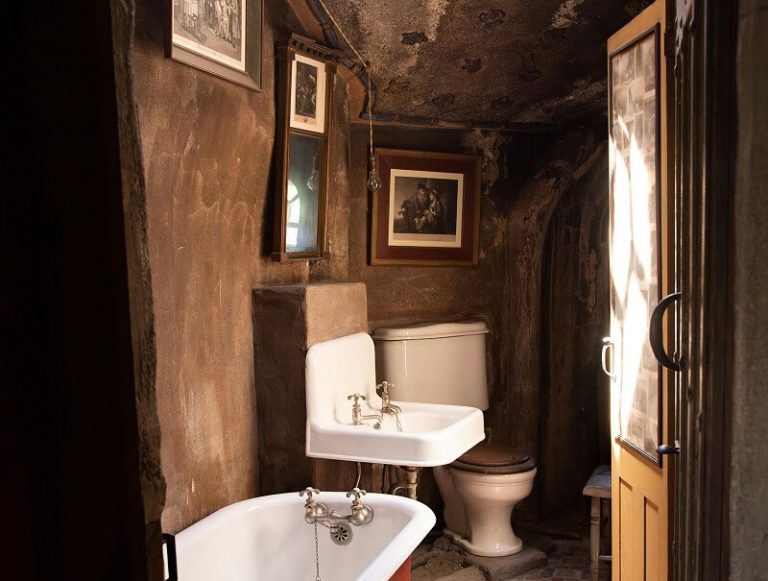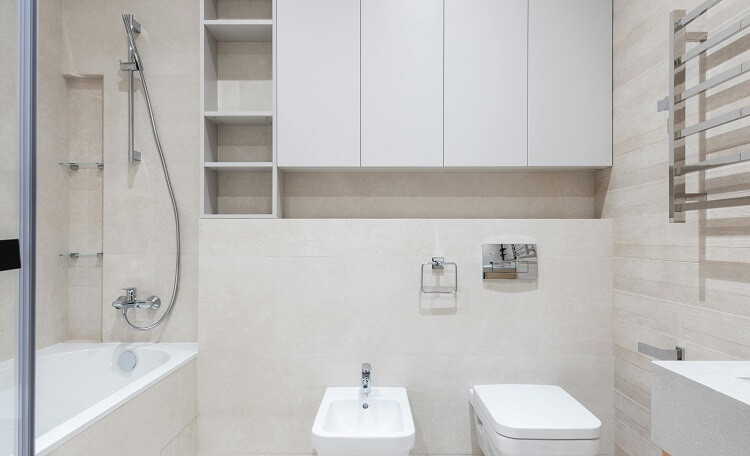
Imagine this: a beautiful, open-plan living area, filled with natural light and stylish furniture. But conversations are difficult, the TV echoes, and every little noise seems amplified. This is a common problem in open living spaces, but thankfully, it’s one that can be solved.
This article explores how you can improve sound quality in open living areas, transforming them into comfortable and functional spaces without compromising their aesthetic appeal.
The Challenges of Noise in Open Living Areas
The very design elements that make open-concept living areas so appealing—high ceilings, expansive windows, and the seamless flow between rooms—can also contribute to acoustic challenges. These large, uninterrupted spaces, combined with the prevalence of hard surfaces like wood floors, drywall, and glass, create an environment where sound waves readily reflect and reverberate. This leads to excessive echo, making it difficult to understand conversations and creating a generally noisy atmosphere.
High ceilings, while visually appealing, increase the volume of air that sound waves travel through, resulting in more pronounced echoes.
Large windows, often a desirable feature for natural light, act as large, hard surfaces that reflect sound back into the room. The lack of walls and doors between spaces allows sound to travel freely, reducing privacy and making it difficult to contain noise to specific zones.
Key Concepts in Acoustic Treatments
Understanding the core principles of acoustics is crucial for effectively addressing noise issues. These principles include:
Sound Absorption
Sound absorption is the process of reducing sound reflections by converting sound energy into heat within a material.
Soft, porous materials excel at absorption. Examples include:
- Acoustic panels: Fabric-covered panels filled with absorptive materials like mineral wool or fiberglass.
- Curtains: Thick, heavy curtains made from materials like velvet or wool.
- Rugs: Thick, high-pile rugs made from wool, cotton, or synthetic fibers.
- Upholstered furniture: Sofas, armchairs, and ottomans covered in fabric.
Sound Diffusion
Sound diffusion aims to scatter sound waves evenly throughout a space, reducing the concentration of sound reflections and minimizing harsh echoes. This process improves sound clarity and creates a more balanced soundscape.
Diffusers are often made from materials like wood or plastic and have irregular surfaces. Examples include:
- Quadratic residue diffusers: These diffusers use a mathematical sequence to create an uneven surface that scatters sound waves effectively.
- Skyline diffusers: These diffusers mimic the irregular skyline of a city to scatter sound waves.
- Bookshelves: Evenly filled bookshelves can act as diffusers, scattering sound waves and breaking up reflections.
Noise Isolation
Noise isolation aims to prevent sound from traveling between spaces. This is achieved by using dense, heavy materials to block sound transmission.
Examples include:
- Solid core doors: These doors are filled with dense materials that block sound more effectively than hollow-core doors.
- Double-paned windows: The air gap between the panes helps to reduce sound transmission.
- Drywall with Green Glue: A specialized damping compound applied between layers of drywall to reduce sound transmission.
Practical Acoustic Treatment Solutions
Implementing effective acoustic treatments doesn’t have to be complicated. Here are some practical solutions for improving sound quality in your open living area:
Soft Furnishings
Introducing soft furnishings is one of the easiest and most cost-effective ways to enhance sound absorption. Layering rugs over hard floors, incorporating thick curtains, and choosing upholstered furniture over pieces made from hard materials like leather or wood can make a substantial difference.
Acoustic Panels
Acoustic panels offer targeted sound absorption and can be strategically placed to address specific problem areas.
Available in a range of colors, shapes, and materials, they can blend seamlessly with your decor.
Strategic Furniture Placement
Carefully positioning furniture can create natural sound barriers and minimize sound travel. For example, strategically placed bookshelves can act as diffusers, while a sectional sofa can help define zones within an open-plan space.
Plants
While not as effective as dedicated acoustic treatments, incorporating large, leafy plants can contribute to sound absorption and enhance the aesthetic appeal of your space.
DIY vs. Professional Acoustic Treatments
Simple DIY solutions, like adding rugs, curtains, and strategically placed furniture, can effectively address minor noise issues. For more complex problems or larger spaces, consulting a professional acoustician is recommended. They can analyze your space, identify specific problem areas, and design a tailored acoustic treatment plan. To soundproof a living room, it’s important to consider both DIY and professional solutions.
Cost Breakdown: Budget-Friendly to Premium Options
Acoustic treatments cater to a wide range of budgets:
Budget-Friendly (Under $200 per item):
Rugs, thick curtains, and DIY acoustic panels using fabric-covered fiberglass insulation.
Mid-Range ($200 – $1,000):
Pre-made acoustic panels, sound-absorbing curtains, and professional furniture rearrangement consultations.
High-End ($1,000+):
Custom-designed acoustic panels, integrated sound systems, and comprehensive acoustic consultations.
Expert Tips for Maximizing Acoustic Comfort
Combine different absorption and diffusion techniques for optimal results. Focus on treating areas with hard surfaces, particularly walls and ceilings.
Test the acoustics of your space after implementing treatments to fine-tune their placement and effectiveness.
FAQ
What are the most effective materials for acoustic treatments?
Porous materials like fiberglass, mineral wool, and acoustic foam are highly effective for sound absorption. Dense materials like drywall and solid wood are good for blocking sound. Diffusers are often made from wood or plastic.
Can acoustic treatments fit minimalist designs?
Yes, many acoustic treatments are designed to be discreet and blend seamlessly with minimalist aesthetics.
Consider sleek, frameless panels or strategically placed rugs and curtains.
How much do professional acoustic treatments cost?
Costs vary greatly depending on the size of the space and the complexity of the treatment plan. Expect to pay anywhere from a few hundred dollars for a basic consultation to several thousand dollars for a comprehensive installation.
Are there portable options for renters?
Yes, portable acoustic screens, freestanding panels, and adhesive-backed panels are all suitable options for renters.
Conclusion
Improving the sound quality in your open living area is an achievable goal, regardless of your budget or design preferences. By understanding the principles of acoustics and exploring the various treatment options available, you can transform your space into a more comfortable and functional environment.
Whether you opt for simple DIY solutions or invest in professional services, taking steps to address noise issues will significantly enhance your enjoyment of your open living space.






